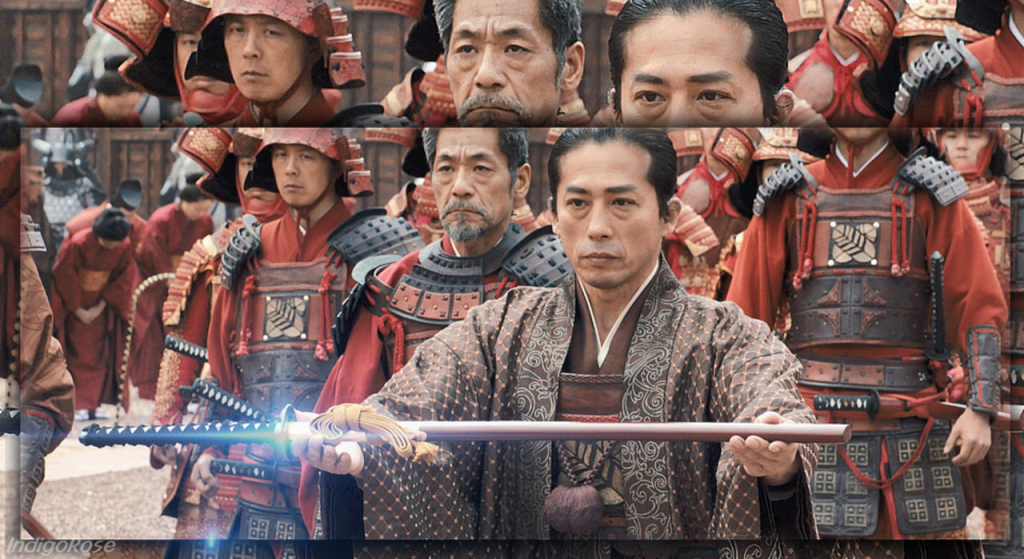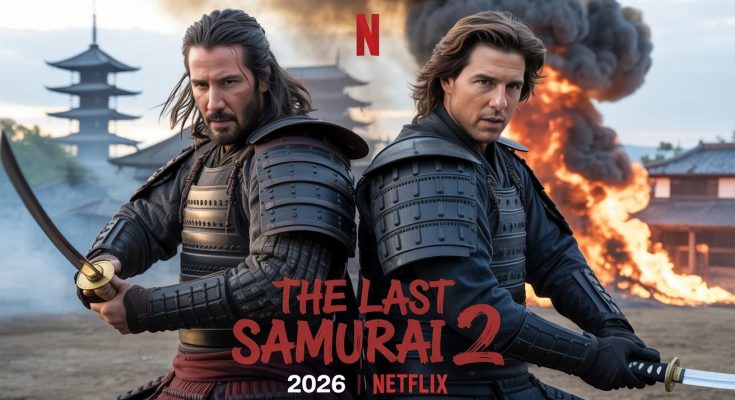The Last Samurai (2026), starring Keanu Reeves, has quickly become one of the most talked-about cinematic projects of the decade. With a reported production budget of approximately$180 million, the film stands as a testament to Hollywood’s willingness to invest heavily in epic storytelling and star power. The budget was allocated across a variety of ambitious fronts: elaborate set constructions in both Japan and New Zealand, extensive battle choreography, and cutting-edge visual effects that bring the world of 19th-century samurai to life.
Keanu Reeves, known for his dedication to physical roles, underwent months of martial arts and sword training, which added authenticity and depth to his portrayal of the lead character. The film’s release date was strategically set for December 18, 2026, positioning it perfectly for the holiday blockbuster season and awards consideration. This timing allowed the film to capitalize on both family audiences and adult moviegoers seeking prestige cinema, resulting in a massive opening weekend and sustained box office momentum.

The success story of The Last Samurai (2026) is rooted not only in its financial achievements but also in its cultural impact. Upon release, the film shattered expectations, grossing over$700 million worldwide within its first two months. Critics praised the film for its breathtaking cinematography, emotionally resonant storytelling, and Reeves’ nuanced performance, which many called a career-defining role. The film’s respectful depiction of Japanese culture and history, combined with a universally relatable narrative of redemption and honor, resonated with audiences across the globe.

Behind the scenes, the production fostered close collaboration between Hollywood and Japanese filmmakers, ensuring authenticity and mutual respect. This cross-cultural partnership was widely celebrated in the media and contributed to the film’s positive reception in both Western and Asian markets. Ultimately, The Last Samurai (2026) not only achieved commercial success but also sparked renewed interest in samurai cinema and set a new standard for international film collaborations, cementing its place as a modern classic in the action-drama genre.





